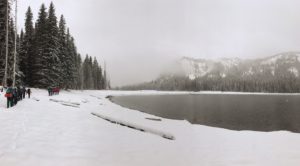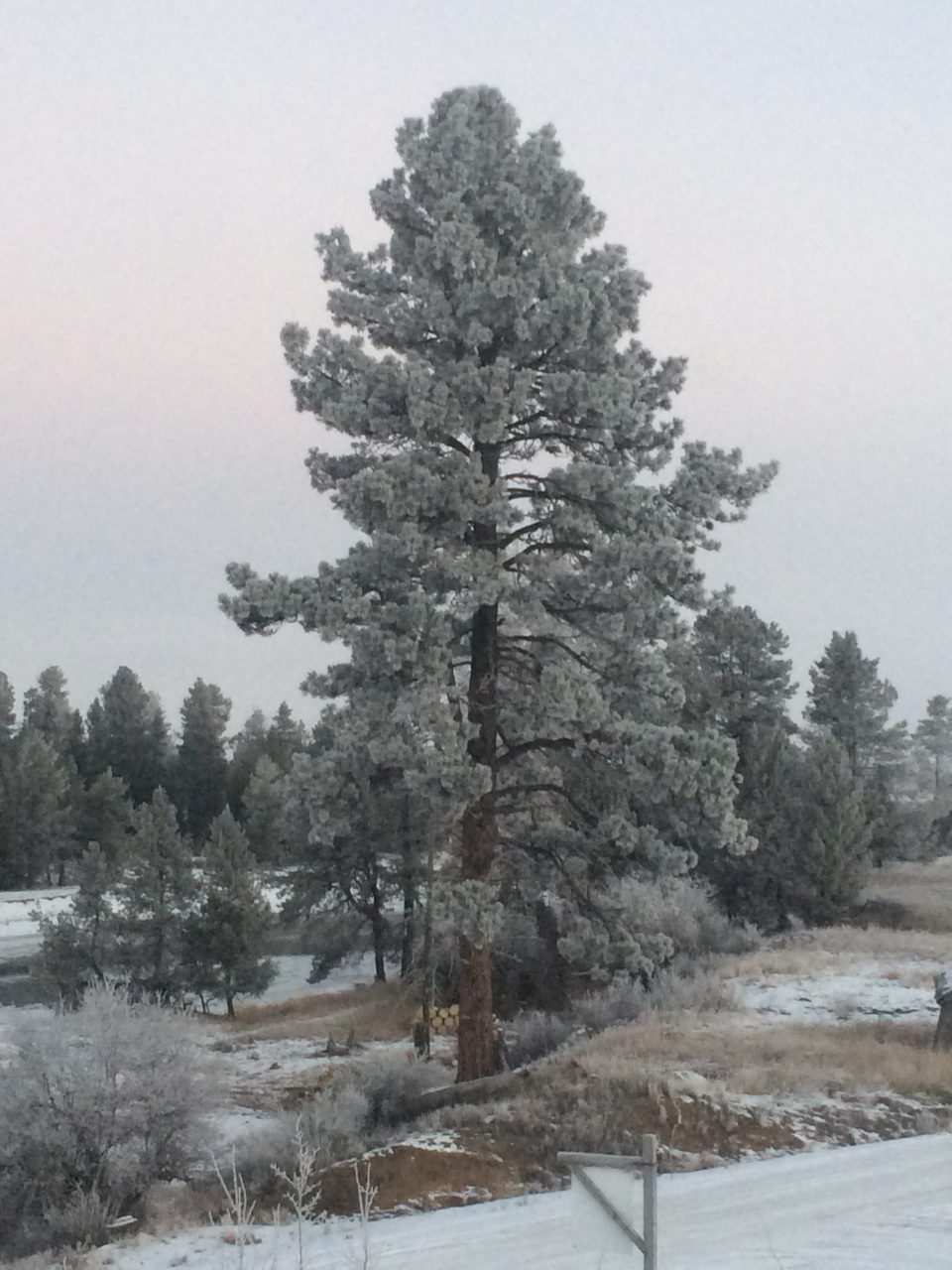Decision-Making in a Snowy September
On day three of our backpacking trip, instructors woke to an icy tarp hugging their faces. The culprit: three inches of wet snow and a blown grommet. A nearby student tent lay flat, its occupants exposed to a wintery mix. The date was September 20th, and one thing was clear: summer in Idaho had come to an abrupt end.
As instructors, we faced a difficult situation. Countless days spent in backcountry situations prove over and over again that challenge is often the greatest source of growth: it’s easy for students to lead their peers under warm, blue skies, quite another to do so at 34° and pouring rain. Such situations are central to our educational philosophy: learning happens when you step outside of your comfort zone. On the other hand, as our students had learned not two days prior in their Wilderness First Aid course, hypothermia and other cold-related injuries presented a serious risk in such cold, wet conditions. Continue onward or double back and regroup in better conditions?

My co-instructors and I debated back and forth about the merits and risks of adjusting our course itinerary. Try as we might, we knew that the crucial element of the decision was how our students felt about confronting the challenge ahead. Moreover, this was their course, not ours. So, as rain turned to sleet turned to snow turned back to rain, we voiced our concerns and turned over the reigns to our students. Afterall, they had everything they needed to make the decision: knowledge of cold injuries and the risk they posed; an acute awareness of each other’s abilities and struggles; and an appreciation for the goals of our time in the backcountry.
Students began discussing the situation, noting each other’s comfort level, speaking to their own goals and anxieties, and weighing risk versus reward. Each student shared organically, and instructors served as little more than autonomous maps, detailing various trail options and mileages. After 10 minutes, students reached a strong consensus: the risk of continued winter conditions was too great for our novice group. We would turn back.
As the group began walking back in the direction we came, I turned to my co-instructor, Meredith, who was slated to teach a lesson on decision-making that evening. We quickly agreed that the lesson was no longer necessary: experience had taught our students far better than we ever could.

